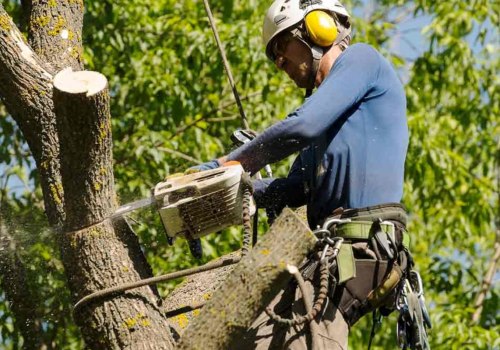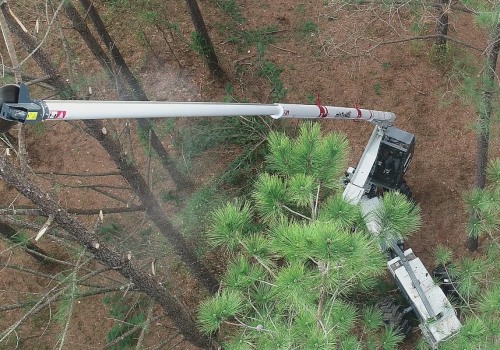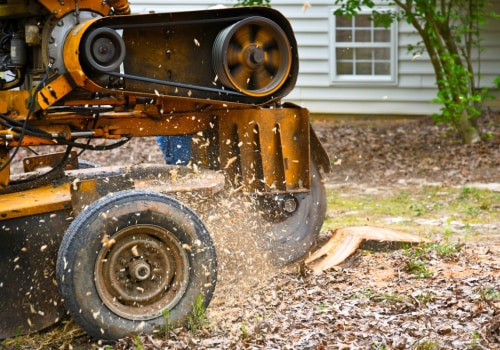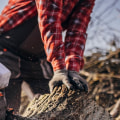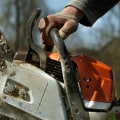For electrical equipment, it is important to inspect the electrical cable and plug for any defects. It is also essential to use appropriate personal protective equipment, such as safety glasses with side protection, helmet, gloves, long-sleeved shirt, long pants, boots and sunscreen. Never prune trees or branches closer than 10 feet from power lines. The most common types of injuries during tree pruning are falls, electrocution, and blows with trees.
To ensure safety when pruning trees, it is essential to understand the basic concepts of safety. Late fall or early winter is the most suitable time to prune deciduous trees. Before pruning or pruning, you should inspect the tree and soil for potential hazards, such as power lines and broken branches. Electrocution and the fall of tall trees are two of the main causes of death during tree pruning.
If the tree you're working on extends over a road, use signs and cones if necessary to direct people and traffic around the tree. You should use specific safety equipment for tree pruning to keep yourself safe from all potential hazards. This safety guide for tree pruning consists of 15 essential tips you should follow when starting tree pruning or removal work. Tree pruning and removal tasks include pruning and pruning, as well as the felling, repair, removal and maintenance of recreational trees.
Service trees refer to trees that have functional, recreational, social, ecological, health, environmental, or aesthetic value. To ensure your safety when performing tree services, here are 15 essential tips you should follow:
- Inspect Electrical Equipment: Always inspect electrical equipment before using it. Check for any defects in the electrical cable and plug.
- Use Protective Gear: Wear appropriate protective gear such as safety glasses with side protection, helmet, gloves, long-sleeved shirt, long pants, boots and sunscreen.
- Maintain Distance from Power Lines: Never prune trees or branches closer than 10 feet from power lines.
- Be Aware of Common Injuries: Be aware of common injuries that can occur during tree pruning such as falls, electrocution and blows with trees.
- Choose the Right Time: Late fall or early winter is the best time to prune deciduous trees.
- Inspect Trees Before Pruning: Inspect the tree and soil for potential hazards such as power lines and broken branches before starting work.
- Be Aware of Potential Hazards: Be aware of potential hazards such as electrocution and falling tall trees.
- Use Signs & Cones: If the tree extends over a road, use signs and cones to direct people and traffic around it.
- Wear Appropriate Safety Equipment: Wear appropriate safety equipment such as helmets and gloves when performing tree services.
- Understand Basic Concepts of Safety: Understand basic concepts of safety when performing tree services.
- Follow Manufacturer's Instructions: Follow manufacturer's instructions when using power tools for tree services.
- Be Aware of Your Surroundings: Be aware of your surroundings when performing tree services.
- Use Proper Tools & Techniques: Use proper tools and techniques when performing tree services.
- Know Your Limits: Know your limits when performing tree services.
- Hire a Professional: If you are not sure about how to perform a task safely, hire a professional.
